Initial owners of the PMDG 737 for MSFS will be “Early Adopters”, significant improvements and new features coming down the line
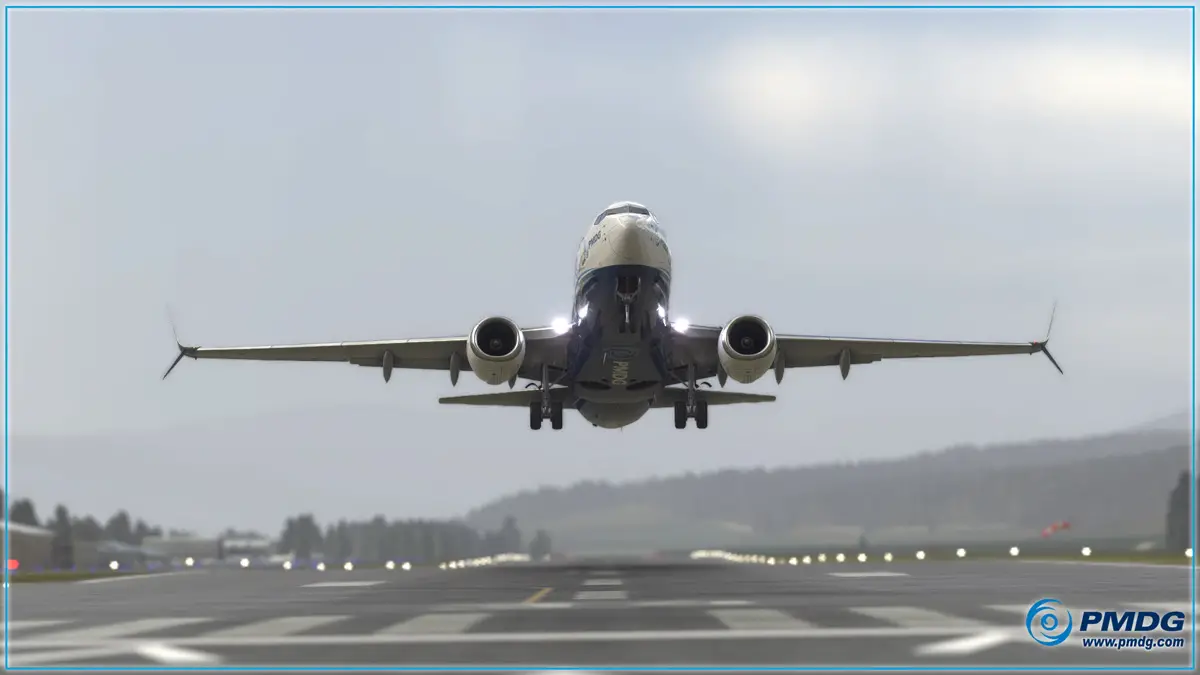
News from PMDG about its highly-awaited Boeing 737 for MSFS are now seemingly coming every day. After the debut of a new video series about the aircraft, and especially following this week’s initial live streams of the aircraft with some notable content creators, which have finally enabled a close, in-depth view into PMDG’s stunning flagship, today we got some new details about the release and the ensuing product updated.
We’ve known for some time that PMDG is launching the 737 for MSFS in stages, with the -700 variant coming first, to be followed by the -600, -800, and -900, about six weeks apart. The MAX generation is also planned, but there’s no specific timeframe about that one for now. But, besides that planned rollout, there’s a bit more to know about the weeks and months following the initial release.
As usual, Robert Randazzo explains it all in the official PMDG forums, but here’s the TL;DR: Starting with the release of the 737-700, the entire product line will be in an “Early Adopter” period, which essentially means there will be continuous, regular updates that will add new features, fix bugs, enhance the visuals, improve performance, and more. These updates are expected to be spaced around two weeks apart.
PMDG plans this Early Adopter stage to last for around 24 weeks after the -700 launches, continually improving all the models that get released during that period. Then, the 737 product line is expected to enter into a Continued Maintenance phase, where updates become more occasional and especially focused on product compatibility and bug fixing.
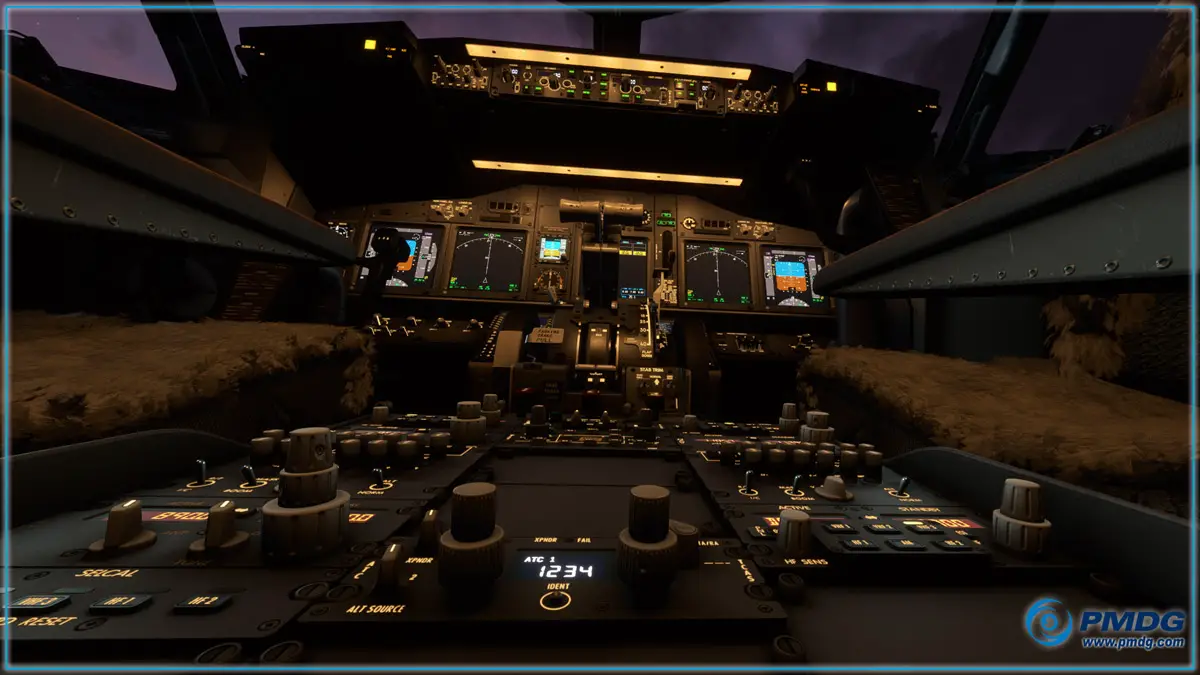
So, what kind of improvements should we expect during that initial Early Adopter period? Well, PMDG provides a few examples:
- High detail cabin for all passenger variants.
- High detail cabin for freighter variants.
- High detail cabin for BBJ variants.
- High detail gear bays for all models.
- New flight tablet, to include performance computation process, control of aircraft options/simulation setup currently controlled through FMS menus, among other features.
- Conversion to modern navigraph navdata format (requires C++ debugging capability in the SDK/platform)
- Integration of new PMDG LNAV 2.0 lateral control model (requires C++ debugging capability in the SDK/platform)
- Navigraph charts displayed on tablet (requires C++/WASM to have access to outside communications in a manner allowed for JavaScript products, but possibly unblocked by new technology independently)
- SimBrief integration via tablet (requires C++/WASM have access to outside communications, but possibly unblocked by new technology independently)
- Windshield wiper sweep (advised by Asobo this will be native to platform)
- Weather radar (requires Asobo to provide access to weather/precip data)
This is not a full list, but should give a decent idea of the kind of changes to be expected down the line.
We’ve seen from the detailed videos of the 737 that there are, indeed, some areas that could use some serious improvements. Most evident are some underwhelming textures in the exterior model, extensively detailed during TheFlyingFabio’s stream from yesterday (see below at around the 1h6m20s mark). This is something that PMDG can easily improve with time, provided that the experience remains optimal across the board (including for Xbox simmers, which should get access to the 737 during the summer).
So, what do you think of this strategy from PMDG? Would you rather wait a number of additional months for a near-perfect product, or does the prospect of flying a high-quality 737 with a few non-critical pieces missing seems more appealing? Let us know in the comments below!
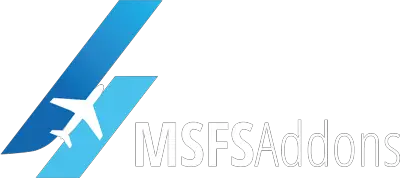






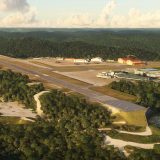
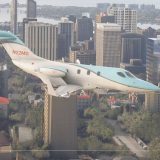
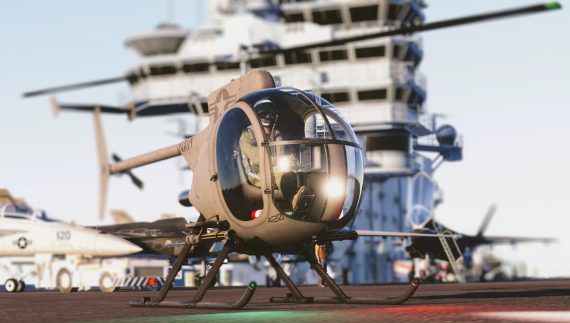
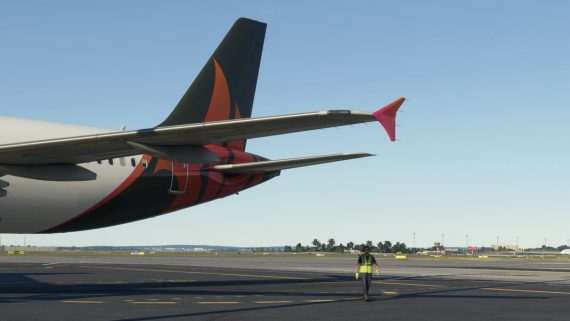
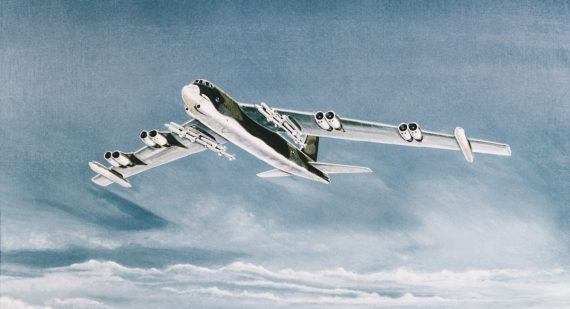





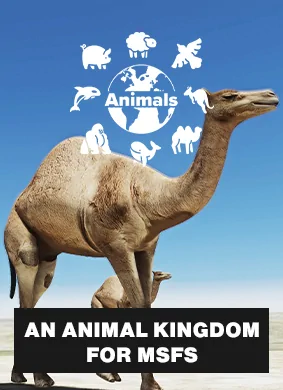



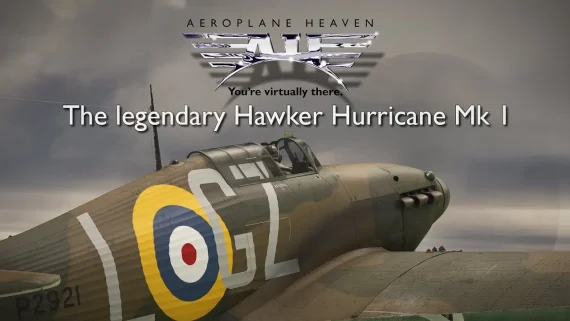
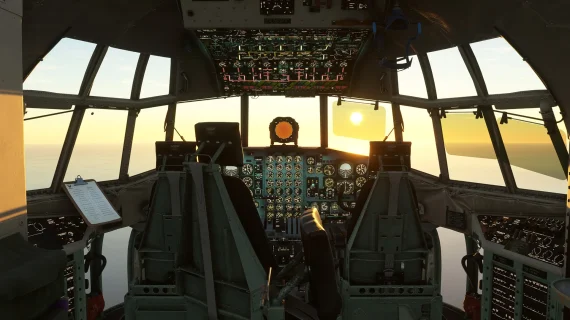
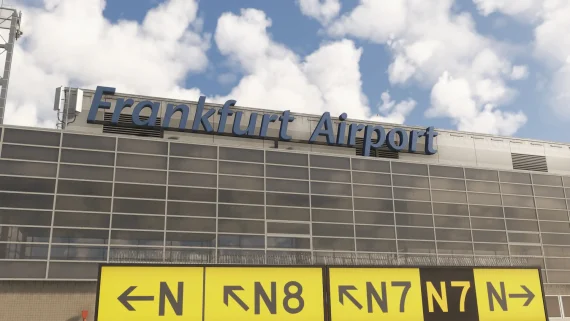
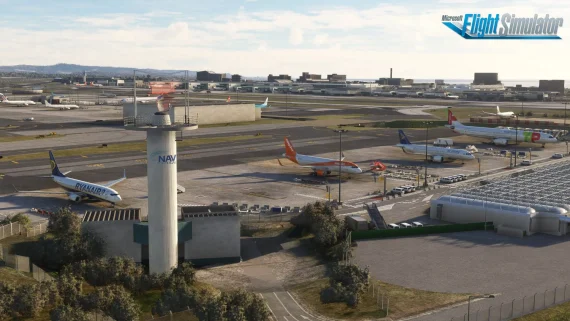
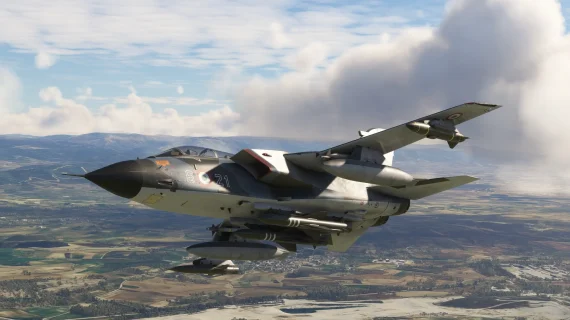

Robert
Yea, I’m in on it. Given the Hyperperformance H145 & the coming Expansion Pack (having put my $$ back around Feb & still waiting for release-seeming incoming very shortly, looking good so far) so yea, I’d grab/go in on this……
Also reading the PMDG forum regarding the coming release of the 737, I can’t believe the “children” in there going off of the delay’s in the coming product. How can 1 release any product on an platform that is in constant change/updates? Every month it’s something else/new (which in some ways look forward towards) but come on…….
lagnaf
I will not be waiting for the near perfect product down the road. I do, however, trust that PMDG will keep it’s part of the bargain to us simmers who buy the B737-700 now and will work hard on giving us the updates that they are promising “on schedule”.
Tiago Oliveira
Charging full price for an unfinished product, what a brave New World.
SevenDeltaTango
I’ll be in if there is a printable pilots operating manual in PDF form.
Love the idea of early release.
Rens
will follow updates